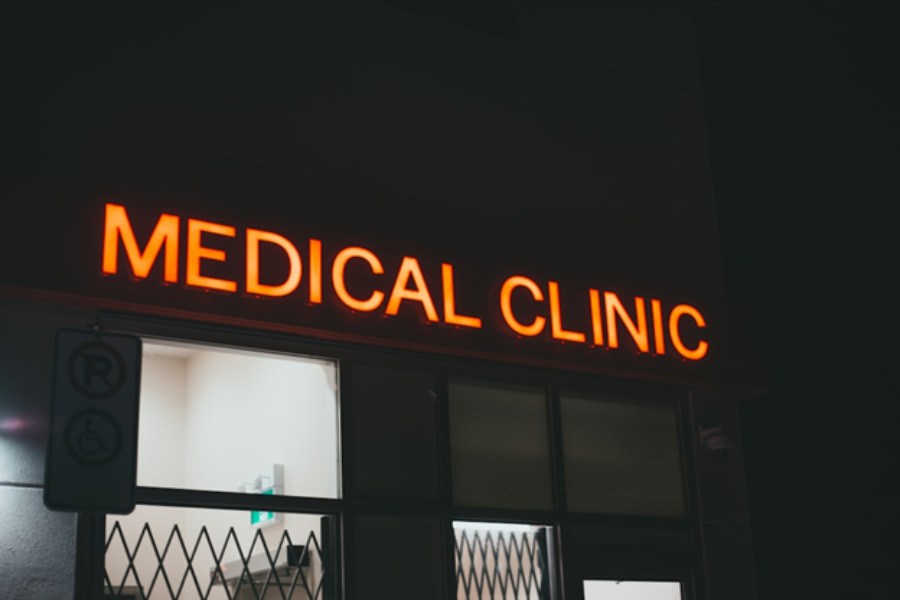Filing a personal injury claim requires more than just describing the event. The strength of your case rests heavily on the quality and thoroughness of your documentation. Injuries fade, witness memories blur, and timelines can shift if you don’t collect clear, compelling evidence. Proper documentation ensures that your side of the story carries legal weight, helping you receive compensation for medical costs, lost income, and pain. Whether the injury stems from a car accident, a slip and fall, or a workplace incident, what you gather after the incident matters a great deal.
Take Photos and Videos Right Away
The first few minutes after an injury offer an opportunity to preserve the scene visually. If you can, take clear photos and videos of your injury, the surrounding environment, and anything that contributed to the accident. Include skid marks, broken equipment, icy sidewalks, or warning signs that failed to serve their purpose. Capture multiple angles and different levels of zoom.
Photos from the same day help establish the severity of the situation. Videos that include audio may further reinforce the seriousness of the environment. These visuals provide facts that reduce room for interpretation. Insurance companies, courts, and attorneys respond more favorably to claims supported by images than those based on vague descriptions alone.
Keep Detailed Personal Notes
Once the incident passes, start a journal that captures daily symptoms, pain levels, emotional struggles, and interruptions to your routine. Even minor discomforts or limitations become meaningful when viewed collectively. By showing how the injury affects your ability to work, move, or participate in daily activities, you give your claim more depth and context.
Make your notes as detailed as possible. Describe how the injury changed your sleep, made it harder to care for your children, or caused you to miss important family events. These personal details turn an injury into a lived experience, which makes it more convincing during settlement talks or court proceedings.
Work With a Legal Expert Early
Gathering the right documentation takes strategy. A skilled personal injury attorney in Philadelphia, or one in your local area, can guide you through the process from the start. They help identify gaps in your evidence, advise on which records carry the most weight, and contact experts when needed to support your claim. Working with legal counsel early allows you to avoid common mistakes and improve your chances of a fair outcome.
Your attorney can request documentation from hospitals and law enforcement, communicate with insurance representatives, and even preserve surveillance footage. Legal teams streamline the process so that all relevant material reaches the right place before the filing deadlines pass. Having a strong legal partner allows you to focus on healing while your case moves forward with confidence.
Save Medical Records and Appointment Summaries
Your medical file serves as one of the most critical pieces of your claim. Request copies of every medical visit, test result, imaging scan, prescription, and therapy note. Keep each page organized by date and type of service. If you received care from multiple providers, ensure you request records from each location.
Appointment summaries often include physician comments, treatment plans, and recovery forecasts. They prove that the injury warranted clinical attention and that your recovery took time and effort. Showing consistency in follow-ups and treatment compliance improves your standing. It makes your case harder for insurance adjusters to undervalue or dismiss.
Document Missed Work and Financial Losses
Injuries affect your income in both direct and indirect ways. Time missed from work, whether unpaid or using vacation time, deserves compensation. So does the cost of hiring outside help for chores, child care, or transportation that you could no longer manage. Keep track of pay stubs, employment letters, and expense receipts related to the injury.
If you freelance or work irregular hours, maintain client communications that demonstrate lost contracts or postponed jobs. Anything that illustrates the economic toll of your injury strengthens your claim. Combining this financial data with medical documentation offers a complete picture of the harm caused by the incident.
Collect Witness Information
If anyone saw the event unfold, ask for their name, contact details, and a short summary of what they observed. Witness statements often make a difference, especially when the other party disputes fault. Even those who didn’t see the accident but noticed your condition afterward can provide helpful input.
Written statements signed and dated by witnesses carry legal significance. Having several people confirm details of the event adds credibility. It makes it harder for the defense to argue against your version of events. Reach out to witnesses as soon as possible to ensure their memory stays sharp and the account stays accurate.
A personal injury claim becomes stronger when you build it with evidence. Immediate photos, consistent personal notes, medical records, and financial data work together to show the extent of your injury and its effects on your life. By preparing thoroughly and consulting professionals who understand the legal system, you protect your rights and increase the likelihood of receiving proper compensation. Every piece of documentation has the power to influence the outcome. Take the time to gather what matters so your recovery includes justice, too.


